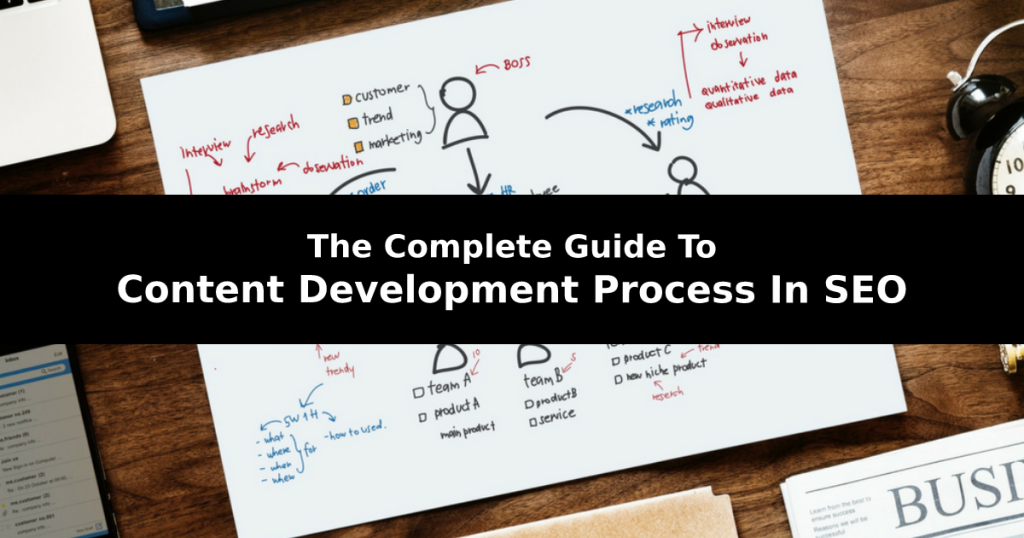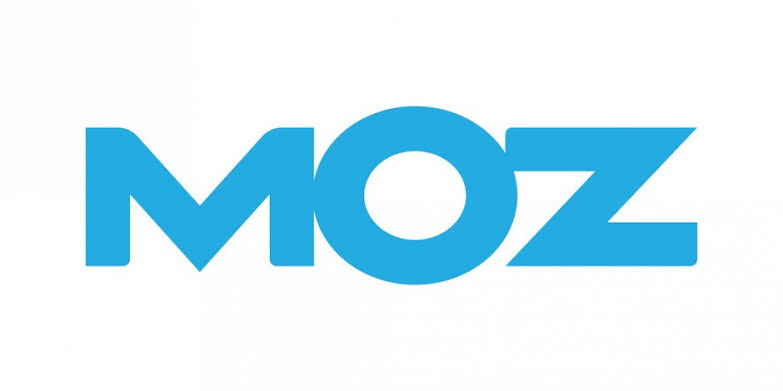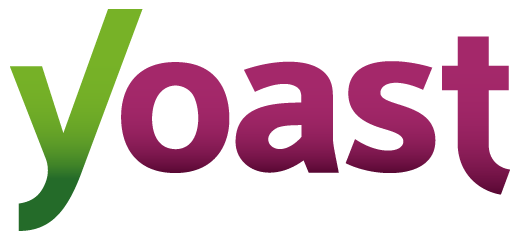The Complete Guide: Content Development Process In SEO

You may have heard the terminology “SEO-based content” that is frequently utilized in marketing meetings if you are not entirely new for the space of search-based marketing. Content-based SEO is an essential ingredient of SEO marketing strategy.
Content helps websites to rank on SERPs. Hence, it is essential to develop adequately structured content that enables SEO tactics.
This crucial and complete guide incorporates the vital parts of the content development process involved in SEO services.
Let’s explore a few techniques to write engaging content that helps to boost the website to climb in search engine results.
Complete Guide: Let’s explore significant parts of content development procedures in SEO:
1) Useful Keyword-based Research and Precise Content Mapping
Keyword-based research involves building a far-reaching record of different keywords for a website to get a position with the various search engines.
Also, the overall content strategy commences with the research of keywords, as you require discovering what your prospects are exploring online for you to facilitate added web traffic.
This approach helps you find the terms or phrases you require to be focusing on to position your portal on search engines.
Four stages of Keyword research:
- Write down and plan out the company mission.
- Create a complete list of keywords you require to be found.
- Explore the overall search-based intent and behavior.
- Create new landing pages or map all the vital keywords on current pages.
If you execute the keywords research precisely, you will get a thorough summary of the phrases or terminologies your competitors have employed for ranking similar pages as yours.
Usually, this summary will work as an SEO and content development guide for creating targeted content for the website.
The keywords to be targeted
Though you are a small-sized company with local SEO services, you will possibly have hundreds of different keywords to compete. However, you aren’t required to build all the website pages as well as the content immediately.
The best thing to follow a content management system is to gradually set up the targets and add the required website content accordingly.
Prioritize the keywords which you want to rank quickly. Chalk out your marketing priorities and then plan a content creation strategy.
Four sorts of keyword-based search intention
a) Information-based purpose: An individual is finding a solution or answer to a specific query and detailed information on a precise subject.
b) Commercial purpose: Individuals desire to purchase things now or in the next time and do thorough research earlier to make a product or service purchase.
c) Navigational purpose: An Individual’s willingness to explore a specific website; however, instead of entering the correct URL, he is inserting a term or phrase into a particular search engine.
d) Transactional intention: The individual is discovering to purchase something after executing his mercantile target searches.
Today, various search engines are trying to answer the very requirements the audience has, and they are improving their algorithm day by day to understand different people’s objectives more precisely.
So, if 90 percent of the users are searching for “change car tires” with information-based intent, you are targeting and optimizing the transaction objective to sell out the car tires.
2) Structure of the Web Portal
There are many significant reasons why website structure is essential for ranking and SEO strategy. Such as,
a) Effective structure assists Google to acknowledge your website easily
The website structure guides the search engines to understand what your website is all about and how effortlessly it will search and index the specific content applicable to its objective and goals.
By developing such a web formation, one can utilize recently created write-ups that have engaging links from others for helping other website pages rank as well.
The website formation will also assist in utilizing higher quality content you have developed for a corporate or services site to enhance your marketed pages’ search engine status.
In these ways, an optimized website arrangement will consequently steer to a better ranking in the Google search engine.
b) The practical structure conveys you don’t battle-out with your original SEO content
You might have many similar blogs on your website with identical subject lines. For example, you may have written on Digital marketing services.
For instance, if you have written ten blogs about digital marketing, Google will find it difficult to decide which blog is the most significant to the user query.
Therefore, you need to clarify this through your website structure so that Google doesn’t compare your blogs with each other for SERP.
To resolve challenges like this, utilizing a better internal linking structure will lead to higher rankings of blogs and web pages.
3) Copywriting
It will help if you produce eye-catching blogs, which makes your audience to remain for more time on your web portal. Additionally, you also need your SEO content appealing to Google. However, you require enhancing your content smartly, so it remains easily readable and maintains its inventiveness.
Unique SEO content doesn’t inevitably mean every time you call for creating brand-new content. If your story is entirely new, that will frankly indicate that it is original. Nevertheless, shaping your expert outlook on a precise subject is also considered as original content. Your viewpoint of a tale will turn the content exclusive and inimitable.
4) Content-focused Approach and Design
Content-focused approach and design turn the content development process more effective, concentrating on real user requirements. It doesn’t merely assist you in discovering the target audiences’ desire; however, it also centers on actual conditions. It also covers the content style, the language, and the set-up; that is needed.
5) Context with Search Intent
With search engines getting intelligent, they now understand the quality of content on web portals in better ways. They don’t just explore how frequently the keyword pops up on an in-hand web page.
They even figure out the actual context of these targeted keywords, such as synchronizing terminologies and content phrases, similar words, as well as synonyms.
Also, Google understands users’ queries more healthily, so it finds the users’ search intent. Whether someone is exploring a product or just wants the product information, it finds the applicable objective that goes well for that user.
6) Content Enhanced, Optimized and Designed for Search Engines
The motive behind producing superior content is to make sure that it is suitable for various search engines.
Optimizing the content and enabling the snippet preview will help you turn your web pages easily searchable on different online platforms. The optimizations and tweaks on your final original content can drastically increase your probability of being chosen through the various search engines.
Key Takeaways
The content development process in SEO is a significant and fundamental component of any digital marketing strategy. It covers all possible elements of writing content and arranging the same on your web portal and landing pages. Content-based SEO is highly critical. Google sets off through and precisely scans your web content using its methodologies. Finally, Google’s algorithms settle on the keyword ranking of your site principally on the quality of content produced and published. It requires writing down knowledgeable SEO-based content, focusing right on the precise keywords, as well as formulating your website in an approach that Google recognizes. So, it involves a significant amount of work. However, it will shell out with positive outcomes in the longer run.









